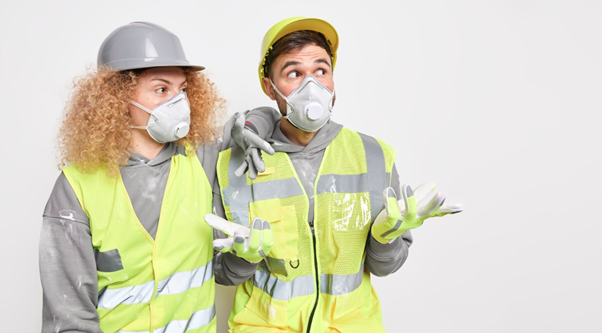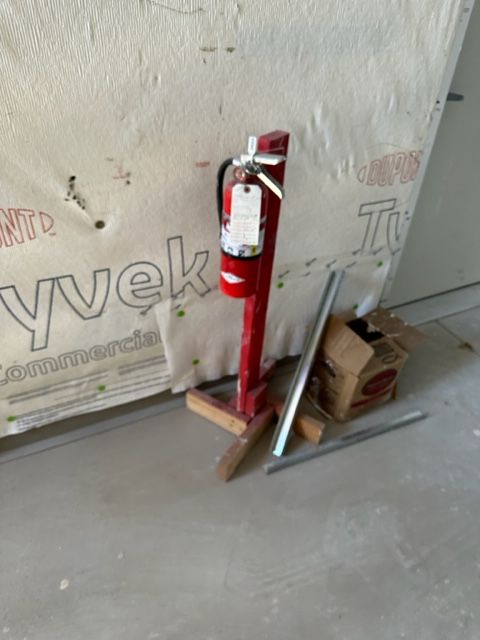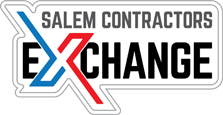The Role of Hazard Communication Training in Handling Chemicals Safely
In today’s workplace, particularly in industries that involve the use of chemicals, ensuring the safety of employees is paramount. Hazard communication training is a fundamental part of maintaining a safe environment and minimizing the risks associated with chemical exposure. With appropriate training, workers can better understand the chemicals they work with, identify potential hazards, and take necessary precautions to prevent accidents. This blog will explore the crucial role that hazard communication training plays in handling chemicals safely and how it contributes to overall workplace safety.
Understanding the Importance of Hazard Communication Training
The Occupational Safety and Health Administration (OSHA) mandates that employers provide hazard communication training to their employees, ensuring that they understand the risks of chemicals and how to protect themselves. This training helps workers recognize the physical, chemical, and health hazards associated with the substances they use. Without proper education on these dangers, workers are at a higher risk of accidents, illnesses, and injuries.
Hazard communication training consists of several key components, such as chemical labeling, safety data sheets (SDS), and hazard assessments. These elements work together to provide a clear understanding of the risks involved and how to mitigate them effectively.
Key Elements of Hazard Communication Training
- Chemical Labeling: One of the primary components of hazard communication is the proper labeling of chemicals. Labels provide essential information, such as the chemical’s identity, hazard symbols, precautionary statements, and first-aid measures. Workers need to be trained to recognize these labels and understand their significance to ensure they follow the right safety protocols.
2. Safety Data Sheets (SDS): Safety data sheets (SDS) are comprehensive documents developed by chemical manufacturers to provide detailed information on the chemical properties, health hazards, safe handling instructions, and emergency measures. SDSs are critical for safe chemical handling, and employers should follow these three steps to ensure they are accessible to workers:
- Keep SDSs readily available for all chemicals used on-site.
- Ensure that workers know how to access and understand the SDS.
- egularly update SDSs to reflect any changes in chemical composition or safety information.
3. Hazard Assessments and Exposure Controls: Hazard assessments involve evaluating the potential risks of chemicals in the workplace and determining the level of exposure that workers may face. This includes identifying potential routes of exposure (such as inhalation or skin contact) and implementing exposure controls like personal protective equipment (PPE), ventilation systems, and other safety measures.
OSHA's Role in Ensuring Chemical Safety
OSHA plays a pivotal role in regulating hazard communication standards. These regulations require employers to provide adequate hazard communication training and ensure that their employees are equipped to handle chemicals safely. Employers must also maintain an up-to-date chemical inventory and conduct regular hazard assessments to identify and mitigate risks. OSHA would most likely be involved in regulating these processes to ensure compliance with federal safety standards.
Creating a Safe Work Environment with Hazard Communication
Implementing hazard communication training is not only about compliance; it is about creating a culture of safety. By educating employees about the potential hazards of chemicals and the proper safety measures, businesses can significantly reduce the risk of accidents and health problems. Training ensures that workers know how to act in case of an emergency, such as chemical spills or exposure incidents. It also empowers them to safely handle hazardous substances and use the right protective equipment.
Final Rewind:
When it comes to providing effective hazard communication training, KARM Safety Solutions stands out as a trusted partner in workplace safety. Their comprehensive training programs ensure that employees are fully equipped with the knowledge to handle chemicals safely, follow OSHA standards, and reduce the risk of accidents. By focusing on clear communication, up-to-date SDS information, and tailored hazard assessments, KARM Safety Solutions offers businesses the tools they need to maintain a safe and compliant working environment. Let KARM Safety Solutions be your guide in creating a workplace where safety is a top priority, and chemical hazards are managed with confidence.













